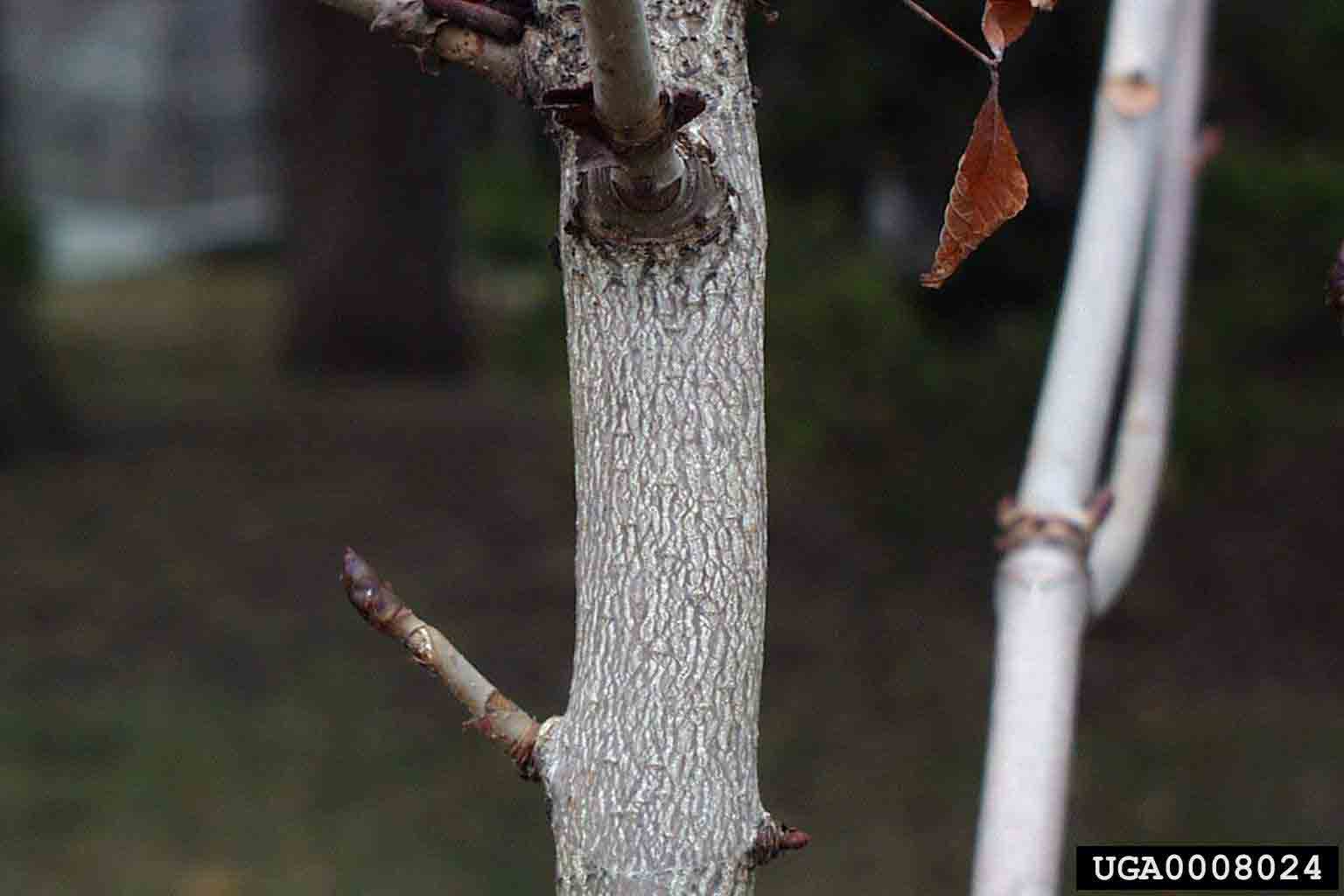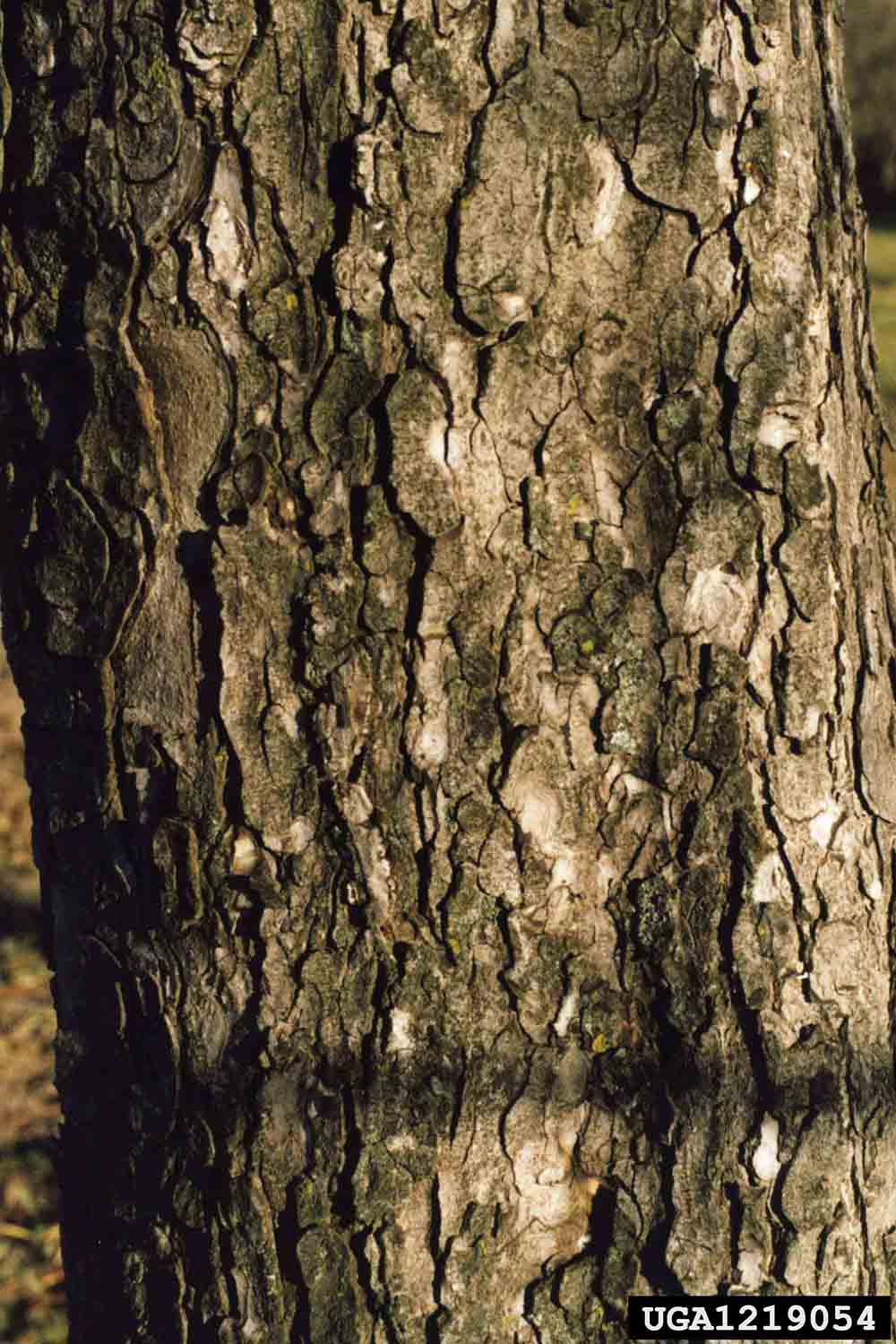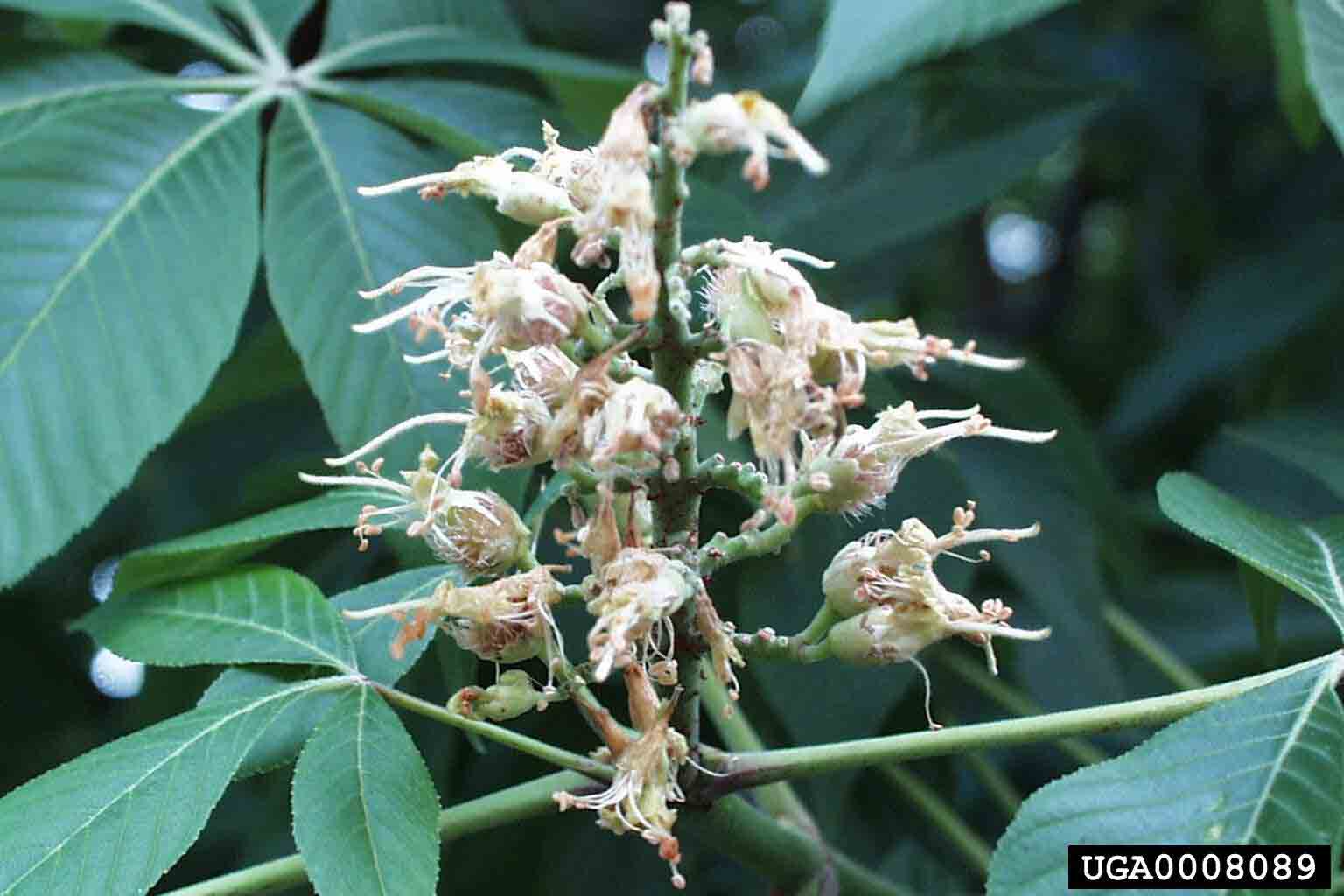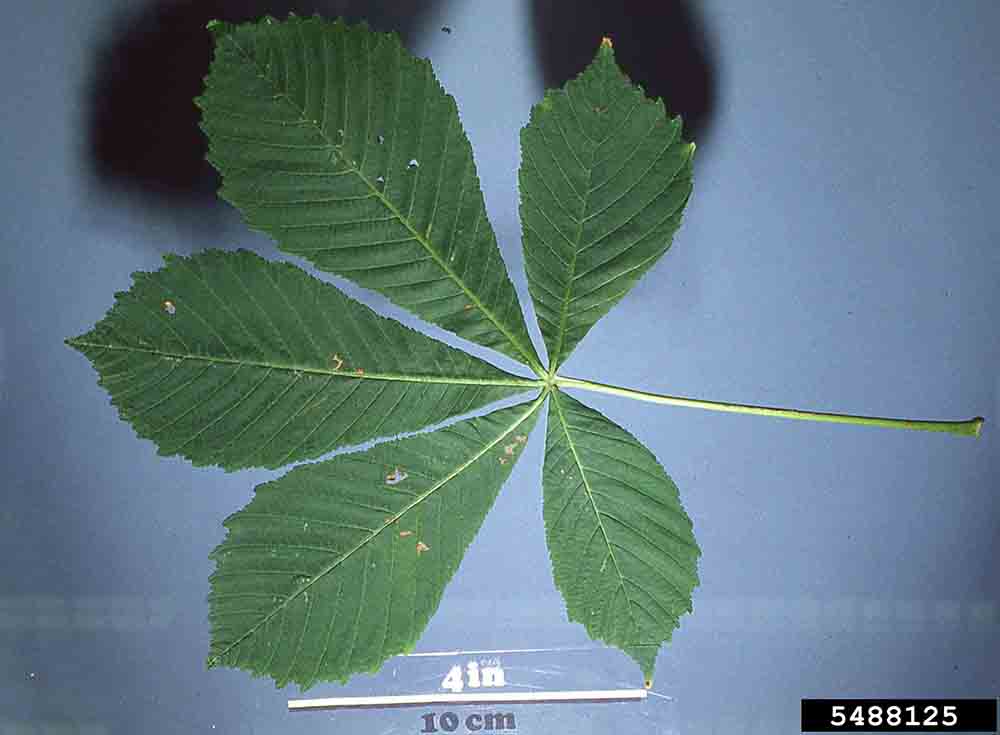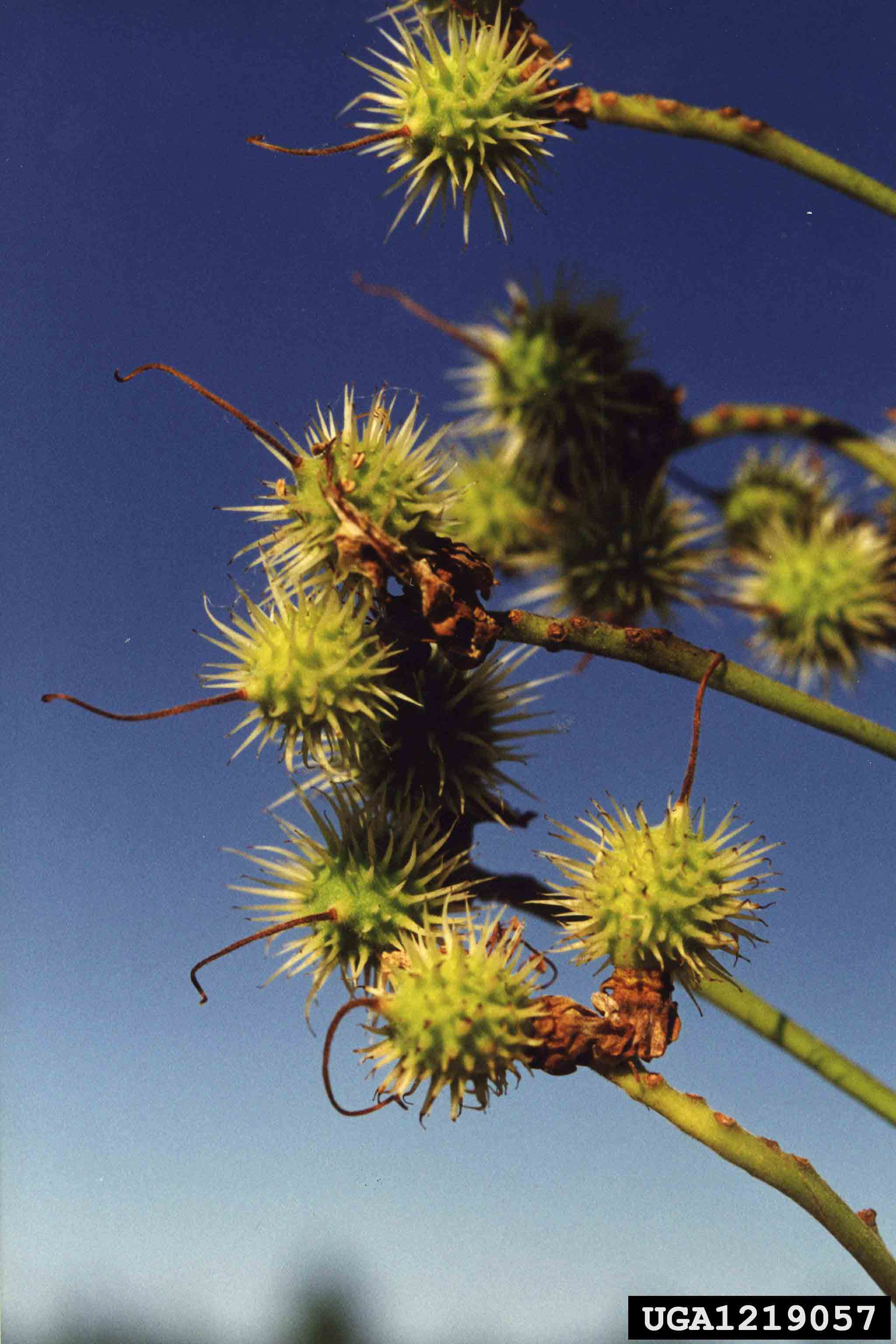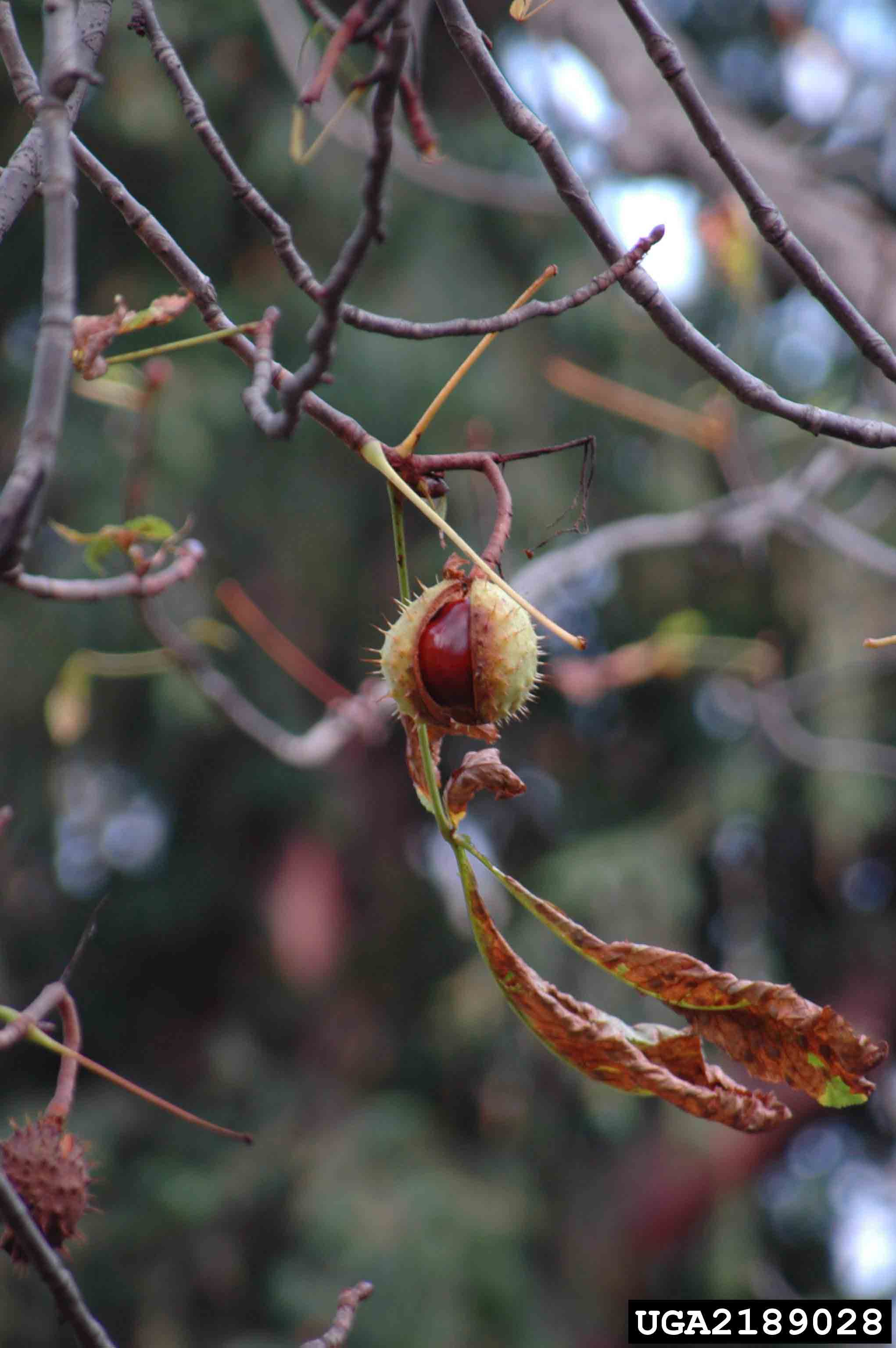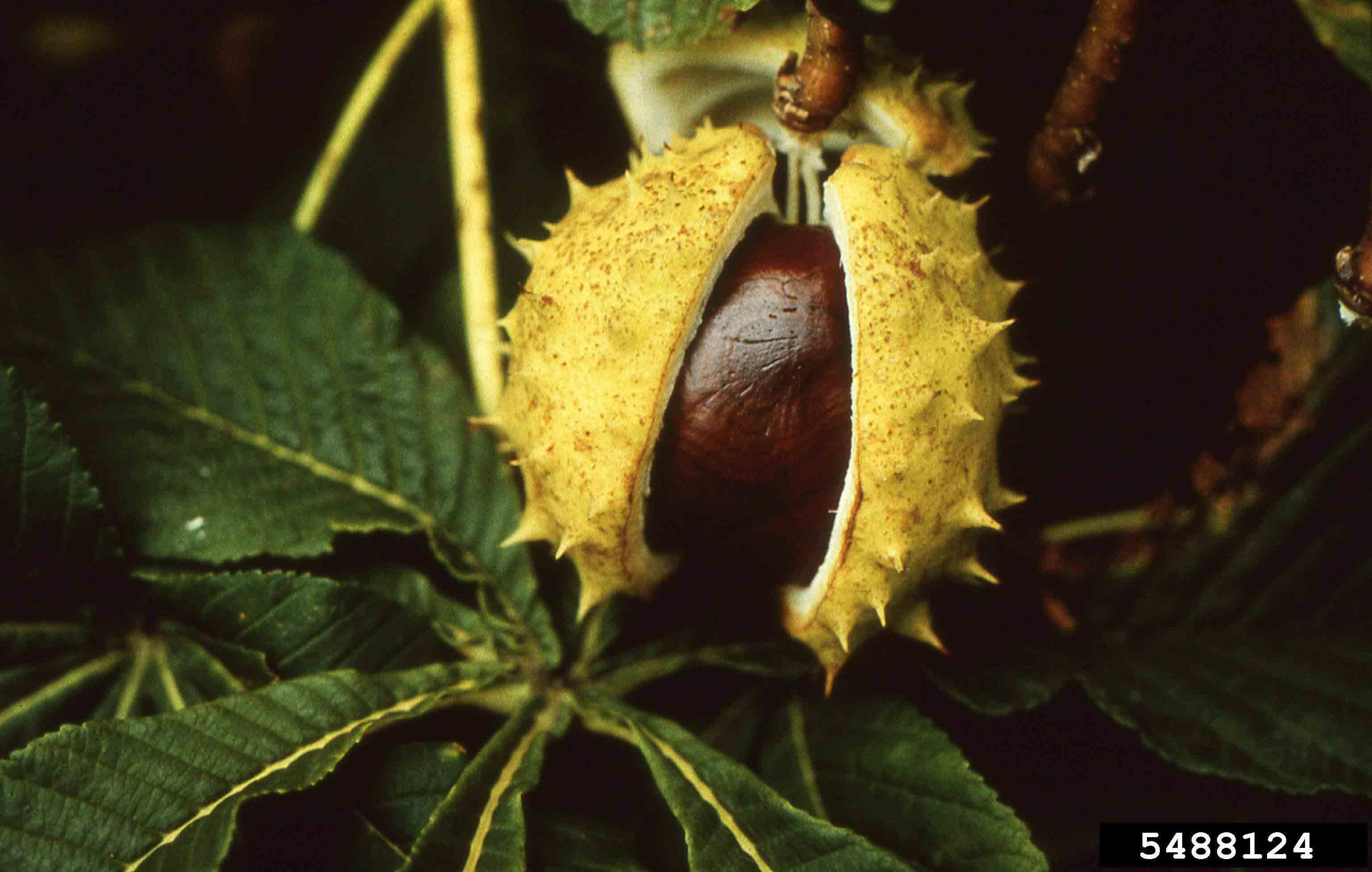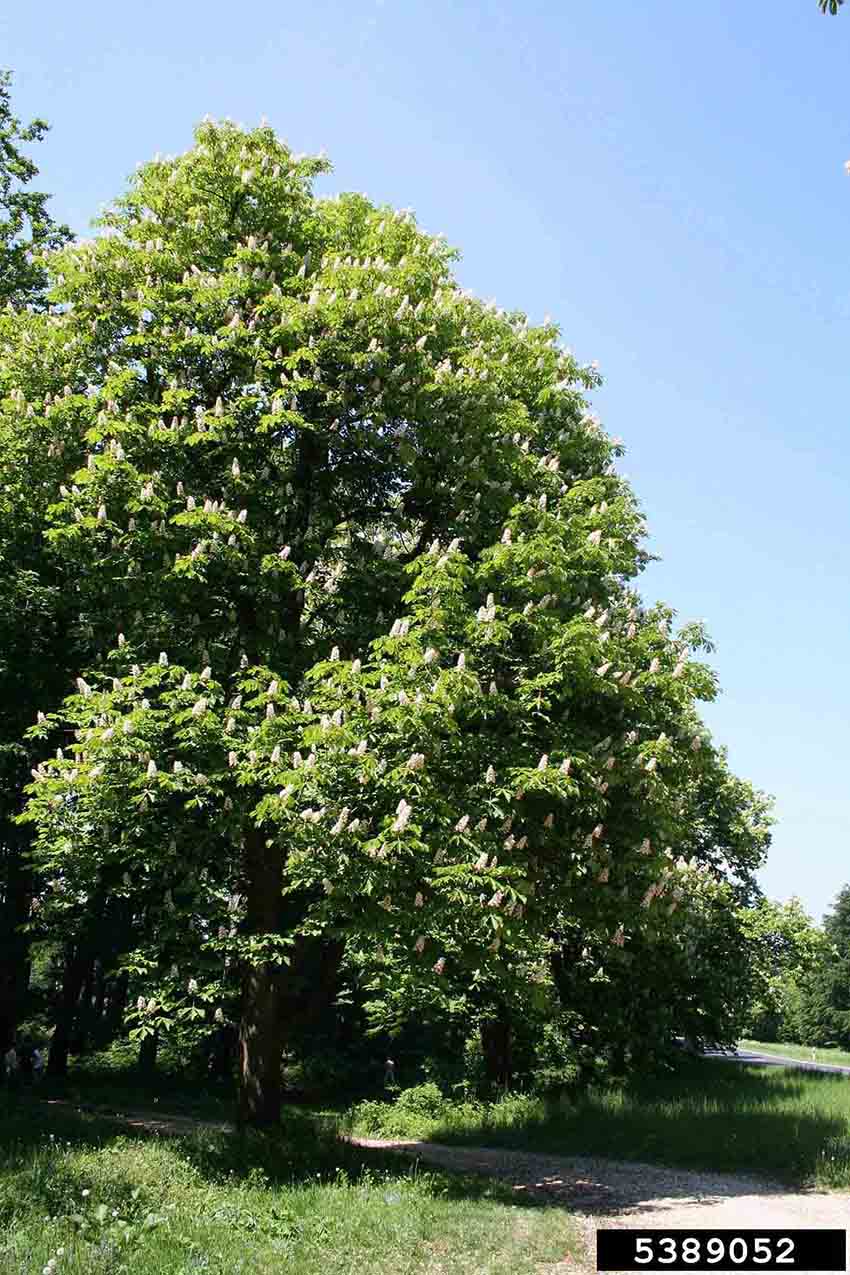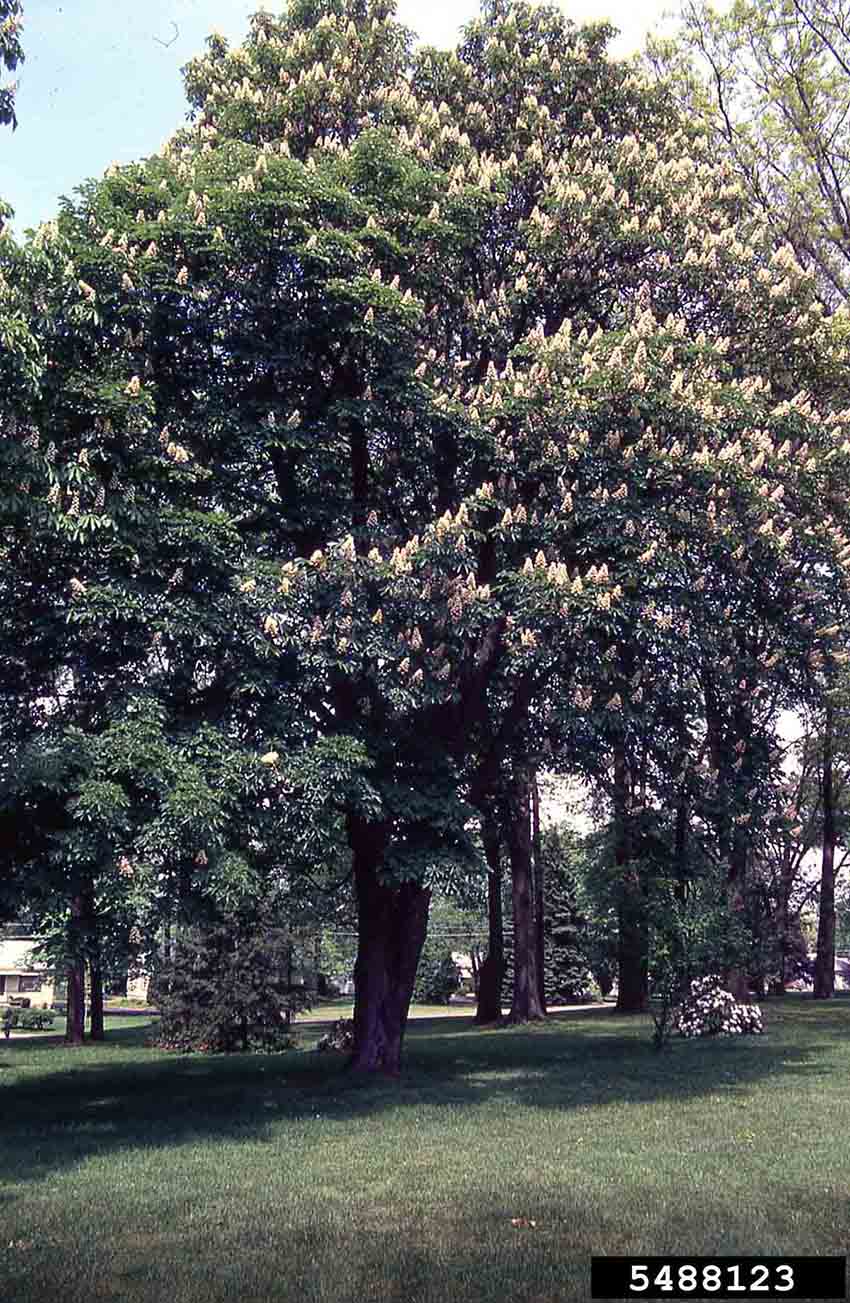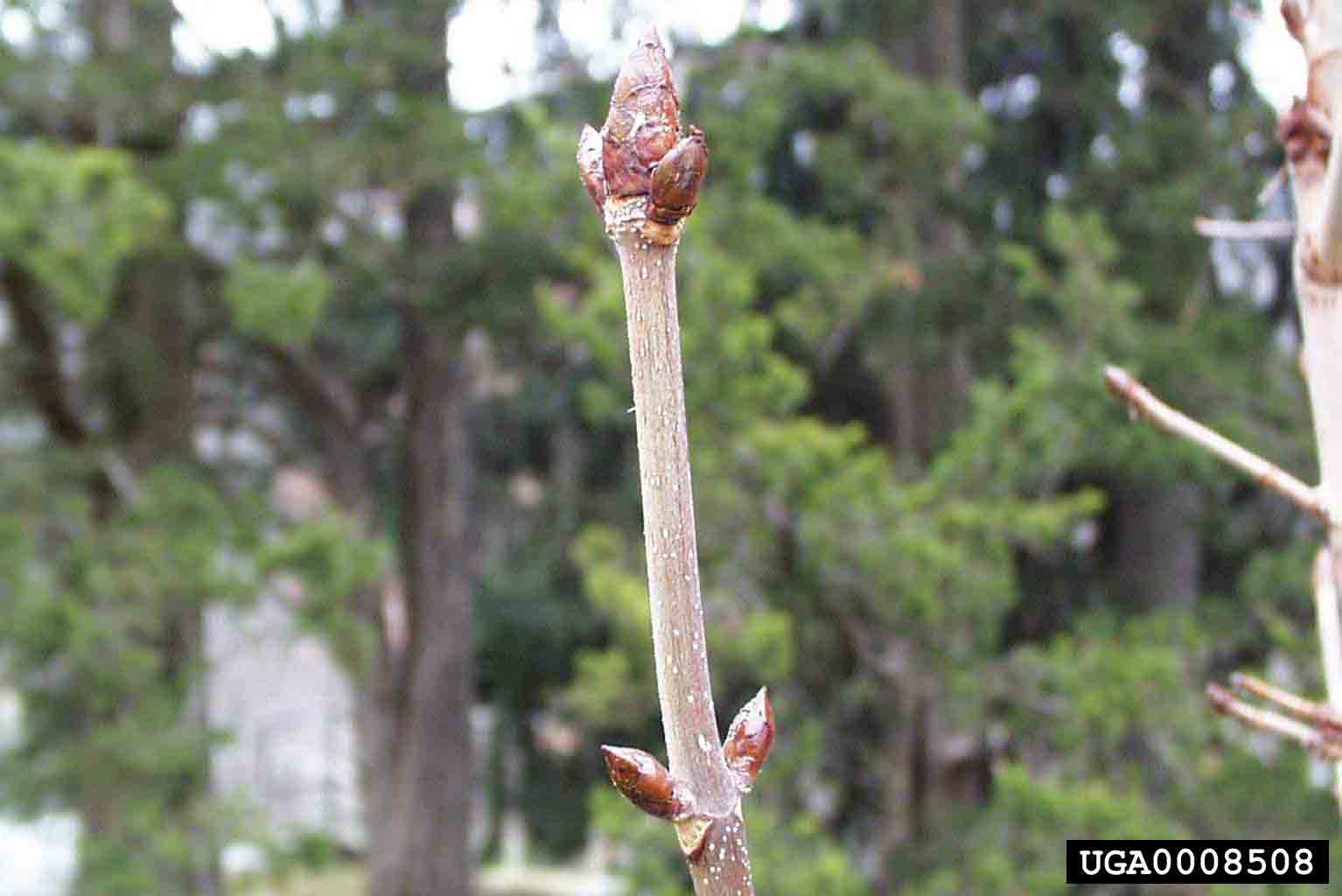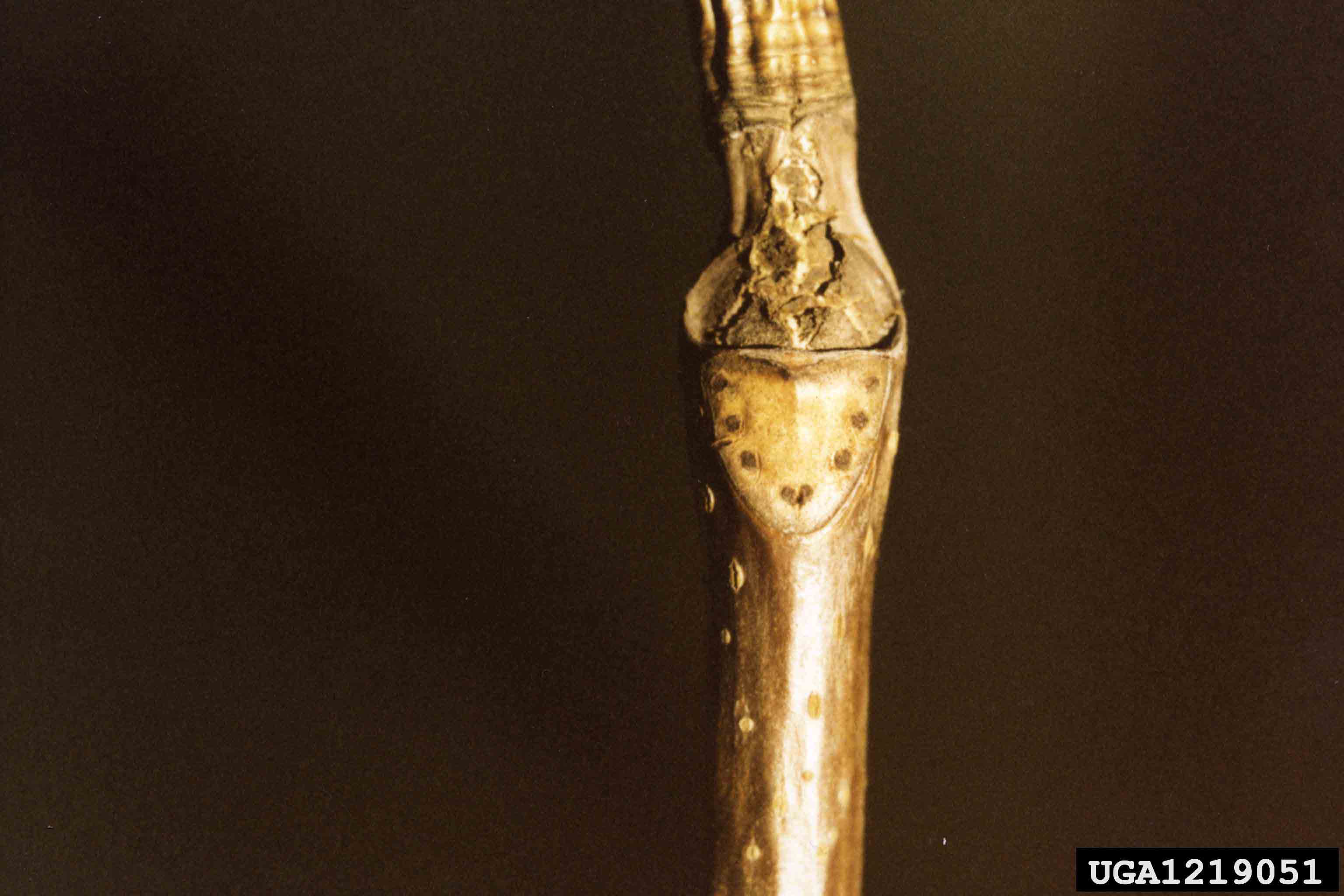Arkansas Tree Database
Horsechestnut
Horsechestnut
Scientific name:
Aesculus Hippocastanum
Size:
60' tall by as wide
Leaves:
opposite, palmately compound with 7 toothed leaflets
Flowers:
showy white with red or yellow markings, in large upright panicles
Fruit:
1-2 nuts in spiny light brown husk
Fall Interest:
yellow and brown; deciduous
Culture:
sun to partial sun; moist, well-drained soil
Disease/Insect:
Use:
shade tree, street tree
Cultivars:
Notes:
in the soapberry family along with buckeyes, and likewise have poisonous nuts; not in the same family as chestnuts which have edible nuts; native to the Balkans
Resources:
Click thumbnail to enlarge images
